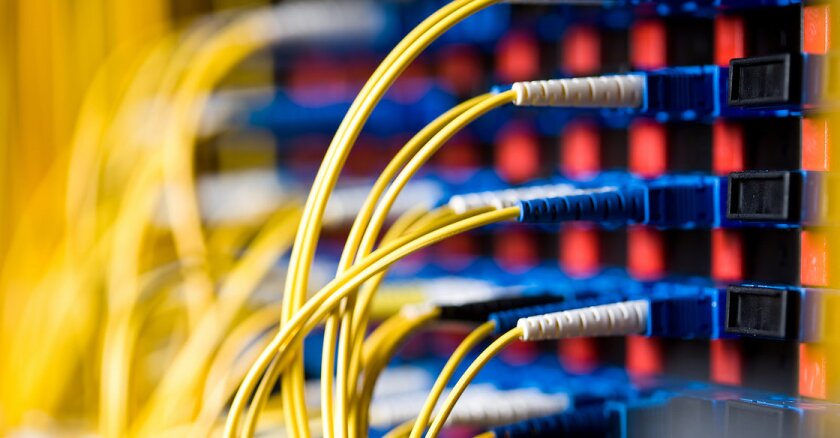Funds, including state grant dollars which will be matched by $33,695,279 in local monies, will also be given to the projects for a total investment of $54,340,704, said Angie Dickison, director of broadband for the Minnesota Department of Employment and Economic Development (DEED).
The grants can provide up to 50 percent of a project’s infrastructure costs, including project planning, permits, construction and more, according to DEED’s website.
“The pandemic this past year has made it crystal clear that fast, reliable broadband access is critical for people living in Greater Minnesota for everything from education and health care to business operations and telecommuting,” Governor Tim Walz said in a release. “These grants continue this vitally important work toward our goal of ensuring that every Minnesotan has high-speed Internet access by 2022.”
With the application process, Dickison said, the list of potential applicants includes incorporated businesses or partnerships, a political subdivision, an Indian tribe, nonprofit organizations, cooperative associations and limited liability corporations.
Once an applicant is awarded funding, they can work on providing broadband access to an underserved area within the state, which has a wired service of at least 25Mbps download and 3Mbps upload but less than 100Mbps download and 20 Mbps upload. Or they can work with an unserved area, which the Federal Communications Commission defines as not having broadband service of at least 25Mbps download and 3Mbps upload via a wired connection.
“The state set up its first Border-to-Border Broadband grant in 2014,” Dickison said. “Since then, grants have invested $126 million across Minnesota, funding 179 projects that have helped connect over 57,000 homes.”
As for next steps for the grant program, Dickison said, “the goal is to grant residents access to high-speed Internet by 2022 and to provide all Minnesota businesses and homes with access to at least one provider of broadband by 2026.”















